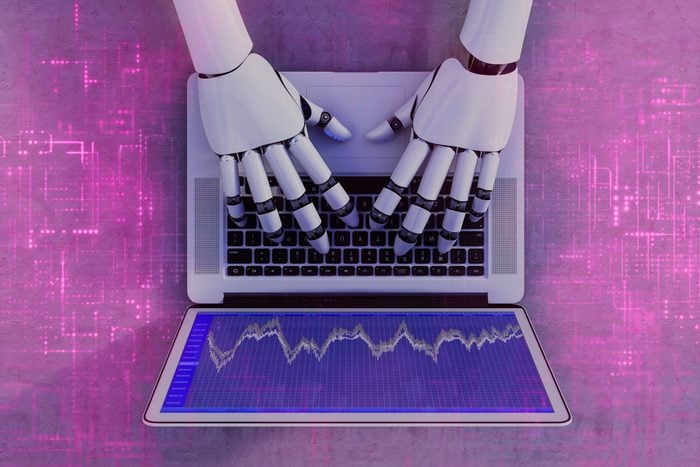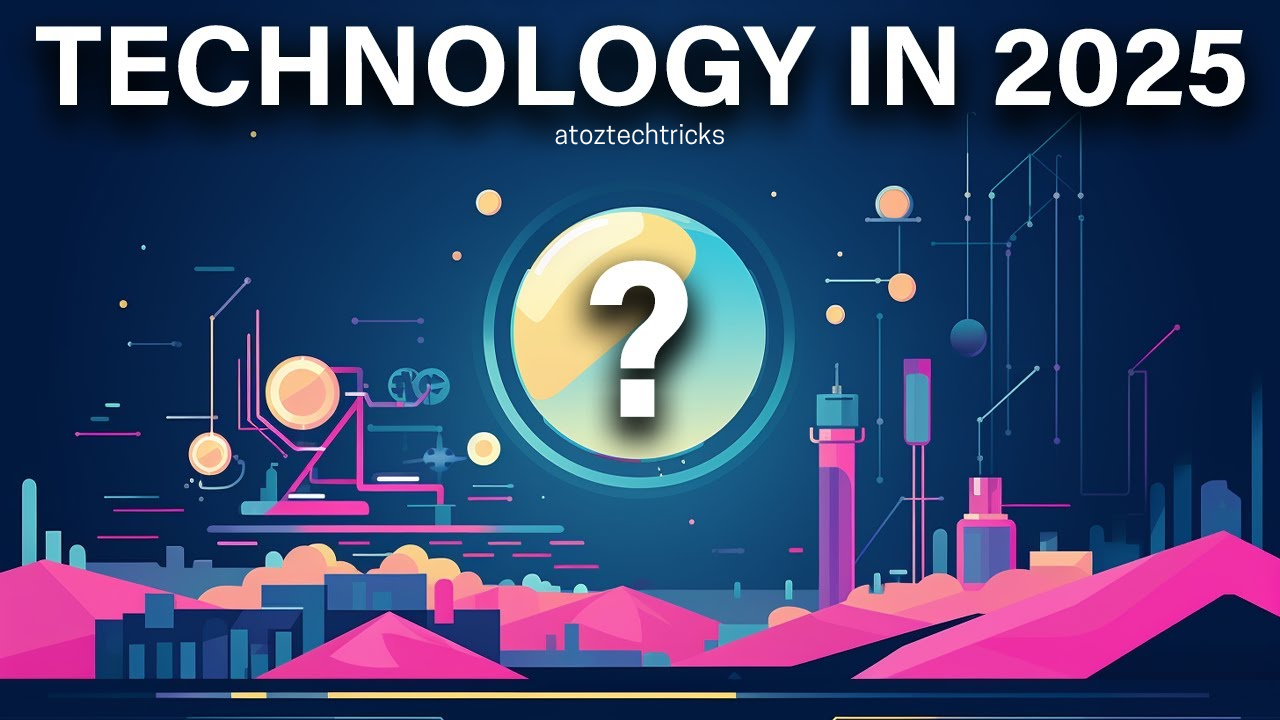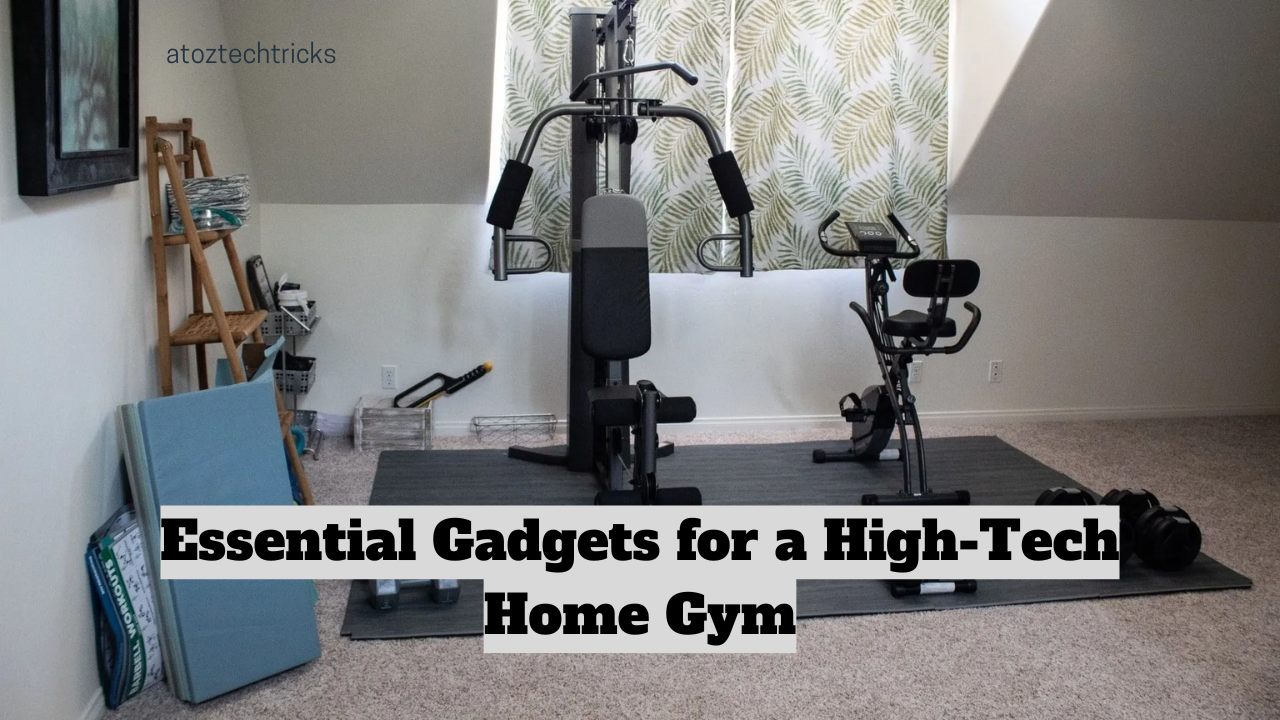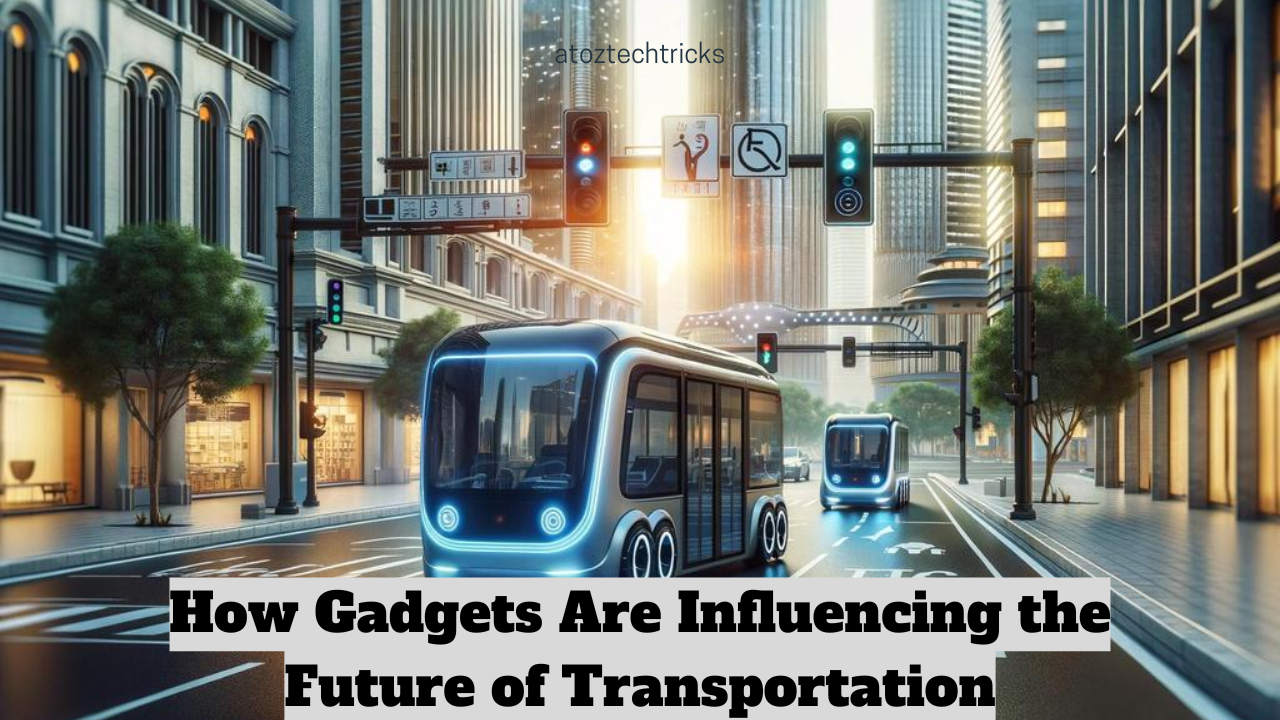Artificial Intelligence (AI) is no longer confined to science fiction; it has become a transformative force in our everyday lives. From smart home devices to advanced personal assistants, AI-powered gadgets are reshaping how we live, work, and interact with the world. This comprehensive guide explores the various ways AI-powered gadgets are changing everyday life, offering insights into their benefits, applications, and future potential.
Artificial Intelligence (AI) is revolutionizing our daily lives in unprecedented ways. The integration of AI into everyday gadgets has brought about significant improvements in convenience, efficiency, and personalization. This article delves into how AI-powered gadgets are influencing various aspects of our lives, from home automation to healthcare, transportation, and beyond.
2. AI in Smart Homes
Smart Speakers and Assistants
One of the most visible impacts of AI in everyday life is the proliferation of smart speakers and assistants. Devices like Amazon Echo, Google Home, and Apple HomePod use AI to understand and respond to voice commands. These gadgets can control smart home devices, play music, provide weather updates, and even shop online. With natural language processing (NLP) and machine learning algorithms, smart assistants continually improve their understanding of user preferences and contextual nuances, making them increasingly useful over time.
Intelligent Lighting Systems
AI-powered lighting systems, such as those offered by Philips Hue and LIFX, enhance home automation by adapting lighting to the time of day, user activities, and mood preferences. These systems can be controlled remotely through smartphone apps or voice commands, and they can even learn user habits to adjust lighting automatically. For instance, lights can gradually brighten in the morning to simulate a natural sunrise, improving wake-up experiences.
Smart Thermostats
Smart thermostats like the Nest Learning Thermostat and Ecobee use AI to optimize home heating and cooling. These devices learn from user behaviours, adjust temperatures based on occupancy patterns, and even integrate with weather forecasts to enhance energy efficiency. By reducing energy consumption, smart thermostats not only save money but also contribute to environmental sustainability.

3. AI in Personal Health and Fitness
Wearable Fitness Trackers
Wearable devices such as Fitbit, Apple Watch, and Garmin use AI to monitor physical activity, sleep patterns, and heart rate. AI algorithms analyze this data to provide personalized fitness recommendations, track progress, and even detect potential health issues. These trackers can alert users to irregularities, such as elevated heart rates, and suggest lifestyle adjustments to improve overall health.
AI in Health Monitoring Devices
Beyond fitness trackers, AI is making strides in more advanced health monitoring devices. For example, smart glucose monitors and blood pressure cuffs use AI to analyze real-time data and provide actionable insights. This technology helps individuals with chronic conditions manage their health more effectively and facilitates early detection of potential issues.
Virtual Health Assistants
Virtual health assistants powered by AI, like those from Babylon Health and Ada, offer users access to medical information, symptom checking, and even telemedicine consultations. These assistants use natural language processing to interpret user queries and provide relevant medical advice, enhancing accessibility to healthcare services.
4. AI in Transportation
Autonomous Vehicles
Autonomous vehicles are one of the most talked-about applications of AI. Companies like Tesla, Waymo, and Cruise are at the forefront of developing self-driving cars that use AI to navigate, make decisions, and avoid obstacles. AI algorithms process data from sensors and cameras to understand the vehicle’s surroundings, enabling safe and efficient driving.
AI-Powered Navigation Systems
AI-powered navigation systems, such as those used by Google Maps and Waze, offer real-time traffic updates, route optimization, and personalized recommendations. By analyzing traffic patterns, road conditions, and user preferences, these systems provide efficient routes and help drivers avoid congestion and delays.
Smart Traffic Management
AI is also transforming traffic management in cities. AI-driven traffic lights and monitoring systems can optimize traffic flow, reduce congestion, and enhance public safety. These systems use data from sensors and cameras to adjust traffic signals dynamically, improving overall traffic efficiency.
5. AI in Entertainment and Leisure
Personalized Streaming Recommendations
Streaming services like Netflix and Spotify use AI to deliver personalized content recommendations based on user preferences and viewing history. AI algorithms analyze data to suggest movies, shows, and music that align with individual tastes, enhancing the overall entertainment experience.
AI in Gaming
In the gaming industry, AI is used to create more immersive and responsive experiences. AI-driven characters and environments adapt to player actions, offering dynamic and challenging gameplay. Additionally, AI is used for game design, enabling developers to create complex, interactive worlds.
Virtual Reality Experiences
AI is enhancing virtual reality (VR) experiences by creating more realistic and engaging environments. AI algorithms can simulate lifelike interactions and adapt VR experiences based on user behaviour, making virtual worlds more immersive and interactive.
6. AI in Communication and Productivity
Email and Message Management
AI-powered email and message management tools, such as those found in Google’s Gmail and Microsoft Outlook, help users organize and prioritize their communications. AI algorithms filter spam, categorize messages, and suggest responses, improving productivity and reducing time spent on managing correspondence.
AI-Powered Office Assistants
Office productivity tools like Microsoft’s Cortana and Google Assistant offer AI-powered features to streamline tasks. These assistants can schedule meetings, set reminders, and perform routine tasks, allowing users to focus on more complex and strategic work.
Enhanced Collaboration Tools
AI is enhancing collaboration tools such as Slack and Microsoft Teams by providing features like automatic meeting transcriptions, real-time language translation, and intelligent content recommendations. These capabilities improve communication and efficiency in both remote and in-office work environments.

7. AI in Retail and Shopping
Personalized Shopping Experiences
AI is revolutionizing the retail industry by offering personalized shopping experiences. E-commerce platforms like Amazon and Alibaba use AI to analyze browsing and purchasing behaviour, providing tailored product recommendations and targeted promotions.
AI in Inventory Management
AI-powered inventory management systems help retailers optimize stock levels, predict demand, and reduce waste. By analyzing sales data and market trends, these systems ensure that products are available when needed, improving supply chain efficiency.
Virtual Fitting Rooms
Virtual fitting rooms, powered by AI and augmented reality (AR), allow customers to try on clothes virtually. These systems use AI to analyze body measurements and simulate how garments will look on the user, enhancing the online shopping experience and reducing return rates.
8. Challenges and Ethical Considerations
Privacy Concerns
As AI-powered gadgets collect and analyze vast amounts of personal data, privacy concerns arise. Ensuring that data is securely stored and used responsibly is crucial to maintaining user trust and protecting sensitive information.
Security Issues
AI systems are vulnerable to cyberattacks and security breaches. Protecting AI-powered devices from malicious threats requires ongoing efforts to enhance security measures and address potential vulnerabilities.
Ethical Implications
The use of AI raises ethical questions about decision-making, bias, and accountability. Ensuring that AI systems operate transparently and fairly is essential to addressing ethical concerns and fostering responsible AI development.
9. The Future of AI-Powered Gadgets
Emerging Trends
The future of AI-powered gadgets is marked by advancements in machine learning, natural language processing, and robotics. Emerging trends include more intuitive interfaces, enhanced personalization, and integration with emerging technologies such as 5G and edge computing.
Potential Innovations
Future innovations may include AI-driven smart cities, advanced healthcare solutions, and personalized education tools. As AI technology continues to evolve, new applications and capabilities will emerge, further transforming everyday life.
Long-Term Impacts
The long-term impacts of AI-powered gadgets will shape various aspects of society, including work, leisure, and social interactions. Understanding and addressing these impacts will be crucial for harnessing the benefits of AI while mitigating potential challenges.
AI-powered gadgets are significantly altering the way we live, offering enhanced convenience, efficiency, and personalization across various domains. From smart homes and health monitoring to transportation and entertainment, AI is driving innovation and improving our everyday experiences. As technology continues to advance, the influence of AI on daily life is likely to grow, bringing both opportunities and challenges. Embracing these changes and addressing associated concerns will be key to maximizing the benefits of AI-powered gadgets in our lives.
![]()



